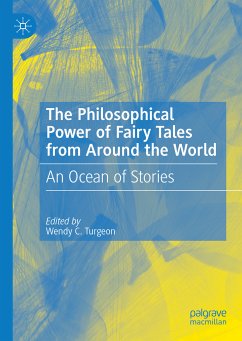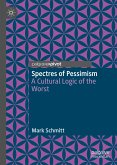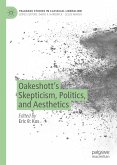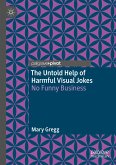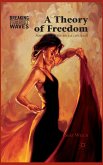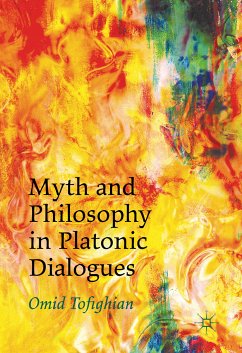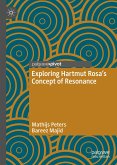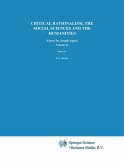This book analyzes the philosophical dimensions of fairy tales from cultures all around the world. Though there is a robust literature that analyzes fairy tales from sociological and historical perspectives and psychology has also focused on mining these stories for insights, this book is unique in its focus on fairy tales as philosophical texts. Bringing together scholars from a truly global range of philosophical and literary traditions, this book shows that fairy tales encapsulate the human dilemma of living in the world, trying to make meaning, and charting a course through good and evil. The book's contributors study fairy tales from East Africa, Australia, Jewish Eastern Europe, Iran, Korea, Turkey, Indigenous North America, and beyond. Ending with a section on Philosophy for Children, this book will also be of interest to scholars and practitioners in this subfield, in addition to scholars of philosophy and popular culture and philosophy of literature.
Wendy C. Turgeon teaches philosophy at St. Joseph's University in New York and has published extensively on philosophy of childhood, philosophy with children, and more recently, a book entitled
Philosophical Adventures with Fairy Tales: New Ways to Explore Familiar Tales with Kids of All Ages with Rowman and Littlefield in 2020. She has served on boards of PLATO, ICPIC, and NAACI, all international organizations dedicated to philosophy in education.
Dieser Download kann aus rechtlichen Gründen nur mit Rechnungsadresse in A, B, BG, CY, CZ, D, DK, EW, E, FIN, F, GR, HR, H, IRL, I, LT, L, LR, M, NL, PL, P, R, S, SLO, SK ausgeliefert werden.

